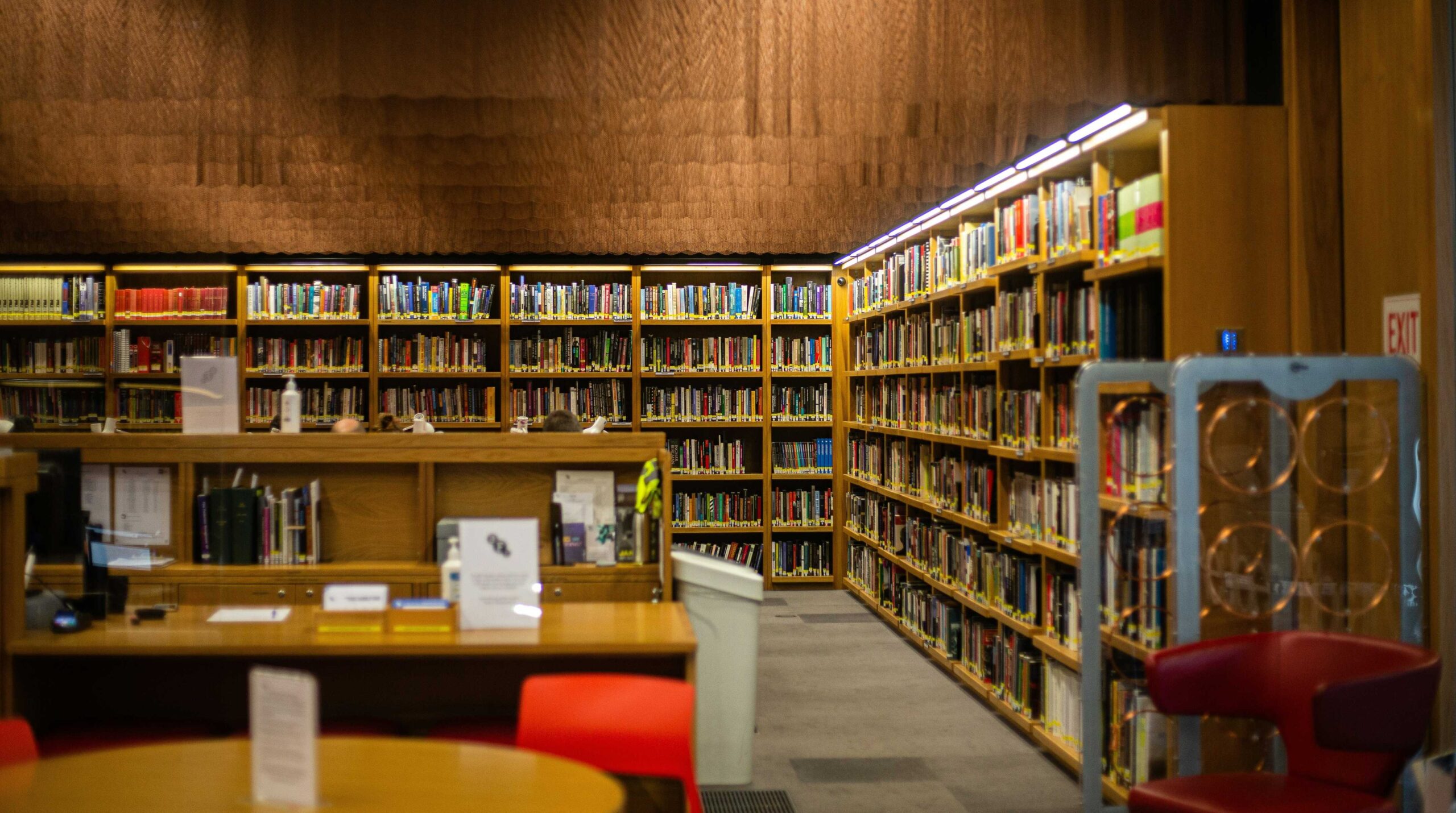My local library branch closed last year. The building where I spent countless afternoons as a teenager, discovering books that changed how I saw the world, now sits empty. The council said budget cuts made it necessary. What they didn’t say was that they’d barely consulted the community or considered how many people depended on that space for internet access, job applications, and human connection. This experience turned me into an unlikely activist. I’m now part of a growing movement to protect and expand public libraries as essential community infrastructure. Here’s how I’d use digital media to build this movement.
Starting with Stories, Not Statistics
While libraries face funding cuts across many countries, throwing numbers at people rarely inspires action. Instead, I’d begin by collecting and sharing personal stories through social media. The #MeToo movement succeeded partly because it made abstract issues concrete through individual experiences. Similarly, our campaign would invite people to share what libraries mean to them using #MyLibraryStory.
These stories would highlight libraries as more than book repositories. They’re where elderly people combat isolation, where kids without home internet do homework, where job seekers print resumes, where new immigrants take language classes. By flooding social media with these diverse narratives, we’d reframe the conversation from “budget line items” to “community lifelines.”
Building Networks, Not Just Audiences
Traditional activism often relies on formal organizations with clear hierarchies. But research on connective action shows that digital movements can succeed through loose networks where participants personalize their engagement. Rather than creating one central “Save Libraries” organization, I’d encourage local groups to form their own campaigns while sharing resources and amplifying each other’s messages.
We’d create shared Google Drives with template social media posts, fact sheets, and graphics that local groups could adapt. A simple website would map all participating groups, making it easy for people to find and join efforts in their area. This distributed approach makes the movement resilient. If one group faces burnout or opposition, others continue the work.
From Awareness to Action
Digital activism often faces criticism for encouraging “slacktivism,” where people feel they’ve contributed by merely liking or sharing posts. To avoid this trap, every piece of content would include specific actions supporters could take. This might include signing petitions, attending council meetings, volunteering at library events, or donating to library support organizations.
The Women’s March demonstrated how Facebook events could coordinate massive offline action. We’d use similar tactics, creating Facebook events for library read-ins, community meetings, and peaceful protests. The digital tools serve as organizing infrastructure, not endpoints.
We’d also use digital platforms for coordinating practical support. WhatsApp groups could organize carpools to council meetings. Slack channels could coordinate volunteer schedules. Google Forms could match people’s skills with movement needs. The goal is making real-world participation as frictionless as possible.
Creating Content That Spreads
Getting people to share your message online is tricky. After months of trial and error, I learned what actually works. People share things that make them feel something. A dry post about library funding statistics? Nobody cares. But a photo of an 80-year-old woman teaching herself to use email at the library computer? That gets hundreds of shares.
We started making simple videos with our phones. Nothing fancy. Just real people talking about real experiences. One video showed a teenager explaining how the library was the only quiet place to study because his house was too crowded. Another featured a single mom who used library computers to apply for jobs. These weren’t polished productions, but that made them feel genuine.
Visual content gets 94% more views than text-only posts, so we focused on images and short clips. We’d photograph the empty shelves where books used to be. We’d film the locked doors of closed branches. Timing matters too. We learned to post when people were actually online. Early morning for parents. Lunch breaks for workers. Evenings for everyone else.
Measuring What Matters
It’s tempting to get excited about viral posts and trending hashtags. But likes don’t reopen libraries. We needed to track what actually mattered: real change in our communities. We kept it simple. Every month, we’d count: How many people showed up to council meetings? How many signed our petitions? How many libraries stayed open? We used a basic spreadsheet that anyone could update. No fancy analytics tools needed.
The Ice Bucket Challenge raised $115 million because it connected online activity to actual donations. We borrowed that idea. Every social media campaign linked to concrete asks: “Call your councillor today” or “Join us at Tuesday’s protest.” Then we’d follow up to see who actually did it.
Local victories mattered most. When volunteers saved the mobile library service, we made sure everyone knew. These wins showed people their efforts weren’t wasted. Success bred more success. We also tracked our failures. Which tactics flopped? What messages fell flat? Learning from mistakes helped us improve.
So, What Next?
Building a movement online takes patience. There’s no magic formula. What worked for us might not work for you. But some basics apply everywhere. Start where you are. You don’t need thousands of followers or a fancy website. Our library campaign started with five people in a WhatsApp group. Small beginnings can lead to big changes.
Focus on people, not platforms. Social media sites come and go. What lasts are the relationships you build. We made sure people exchanged phone numbers at events. We created email lists as backups. When one platform changed its algorithm, we weren’t starting from scratch. Keep it sustainable. Burnout kills movements faster than opposition does. We rotated responsibilities. Nobody had to post every day or attend every meeting. When someone needed a break, others stepped up. This isn’t a sprint. It’s a marathon.
